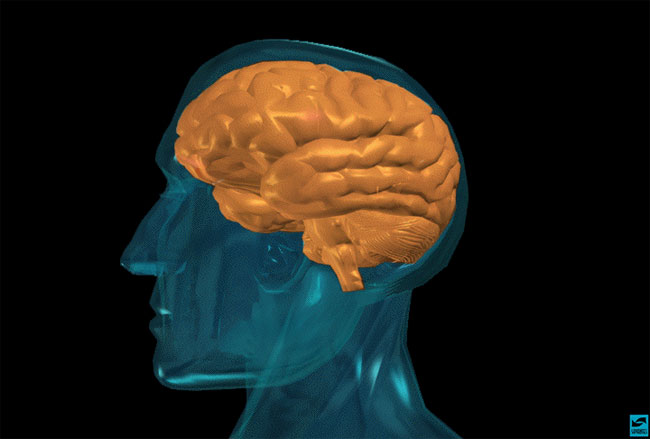Nouns and Verbs Learned in Different Brain Regions

Nouns and verbs may go hand and hand in a sentence, but they are learned in different regions of our brains, a new study suggests.
The work could explain why children learn nouns before verbs, and adults also perform better and react faster to nouns during cognitive tests.
The researchers used functional magnetic resonance imaging, or fMRI, to look at the brain activity of 21 people as they learned 160 new nouns and verbs.
The subjects had to work out the meaning of a new term based on the context provided in two sentences. For example, in the phrases "The girl got a jat for Christmas" and "The best man was so nervous he forgot the jat," the noun jat means "ring." Similarly, with "The student is nising noodles for breakfast," and "The man nised a delicious meal for her," the made-up verb would mean "to cook."
The task was meant to simulate how we acquire new vocabulary over the course of our lives, said study author Rodríguez-Fornells, a psychologist at the University of Barcelona.
The brain imaging showed that when participants were learning new nouns, the left fusiform gyrus, which is associated with visual and object processing, was activated. New verbs activated part of the left posterior medial temporal gyrus (associated with semantic and conceptual aspects) and the left inferior frontal gyrus (involved in processing grammar).
In addition, activation of other specific parts of the brain was associated with how well people learned new nouns, but not verbs.
Get the world’s most fascinating discoveries delivered straight to your inbox.
The results were published this month in the journal Neuroimage.



